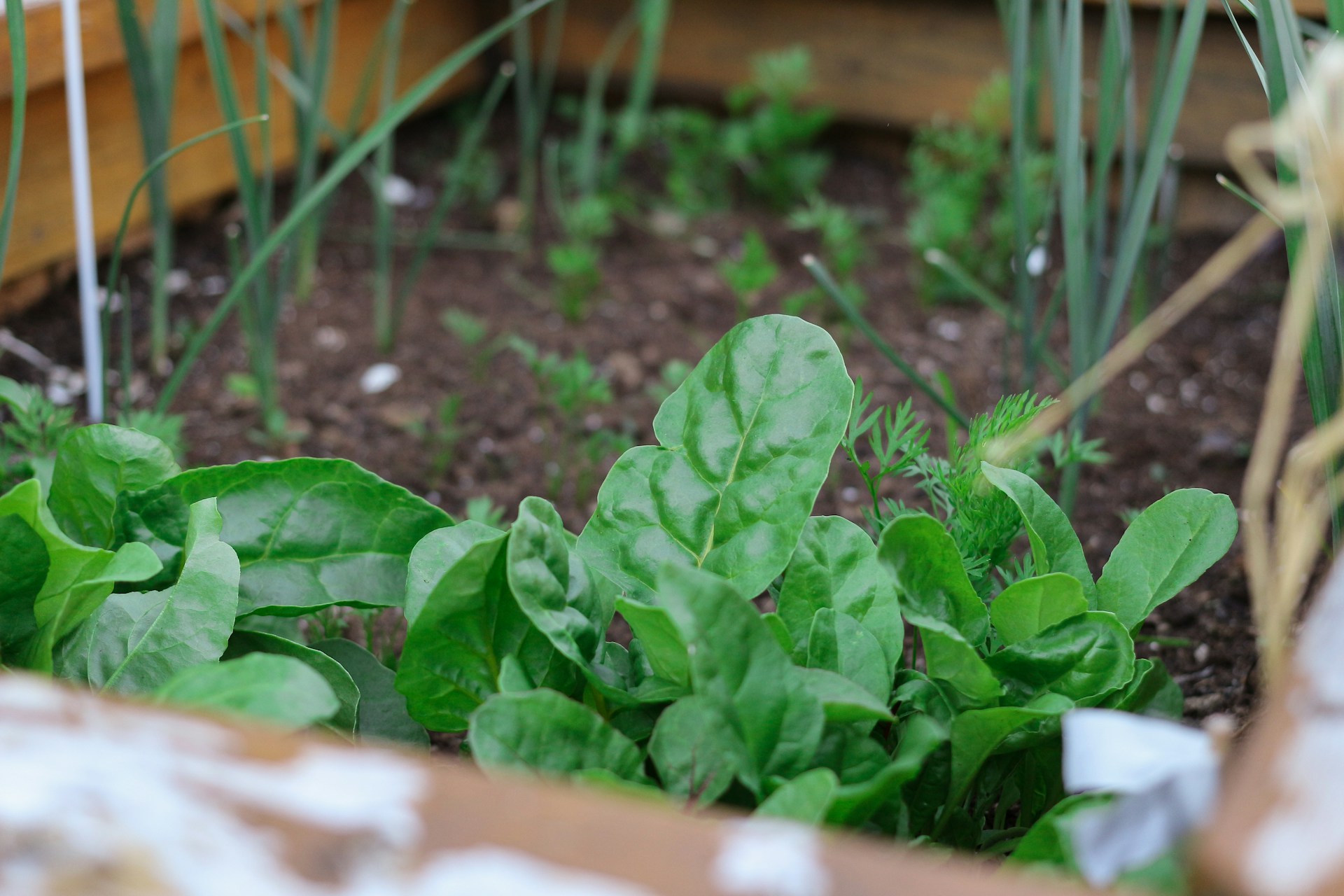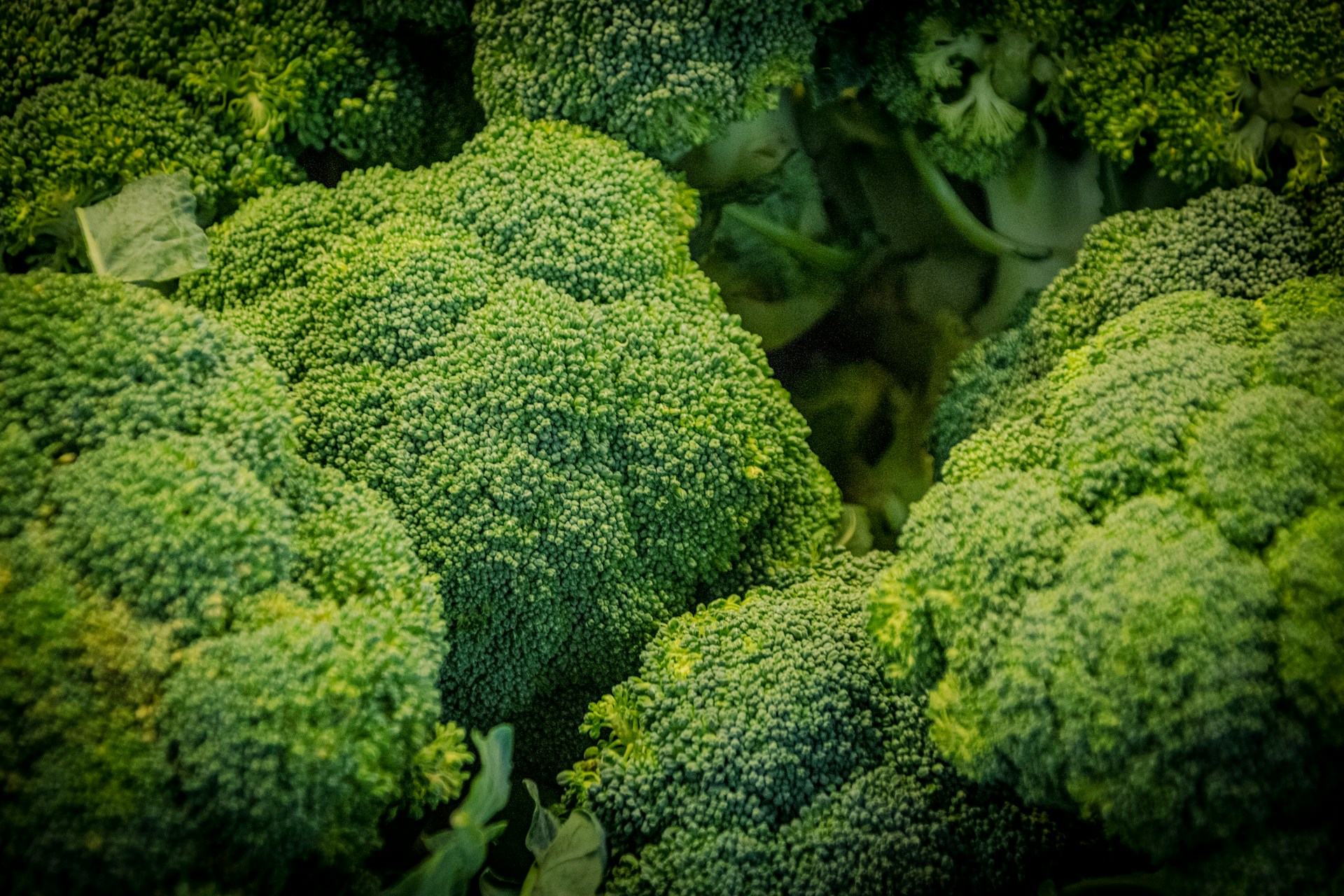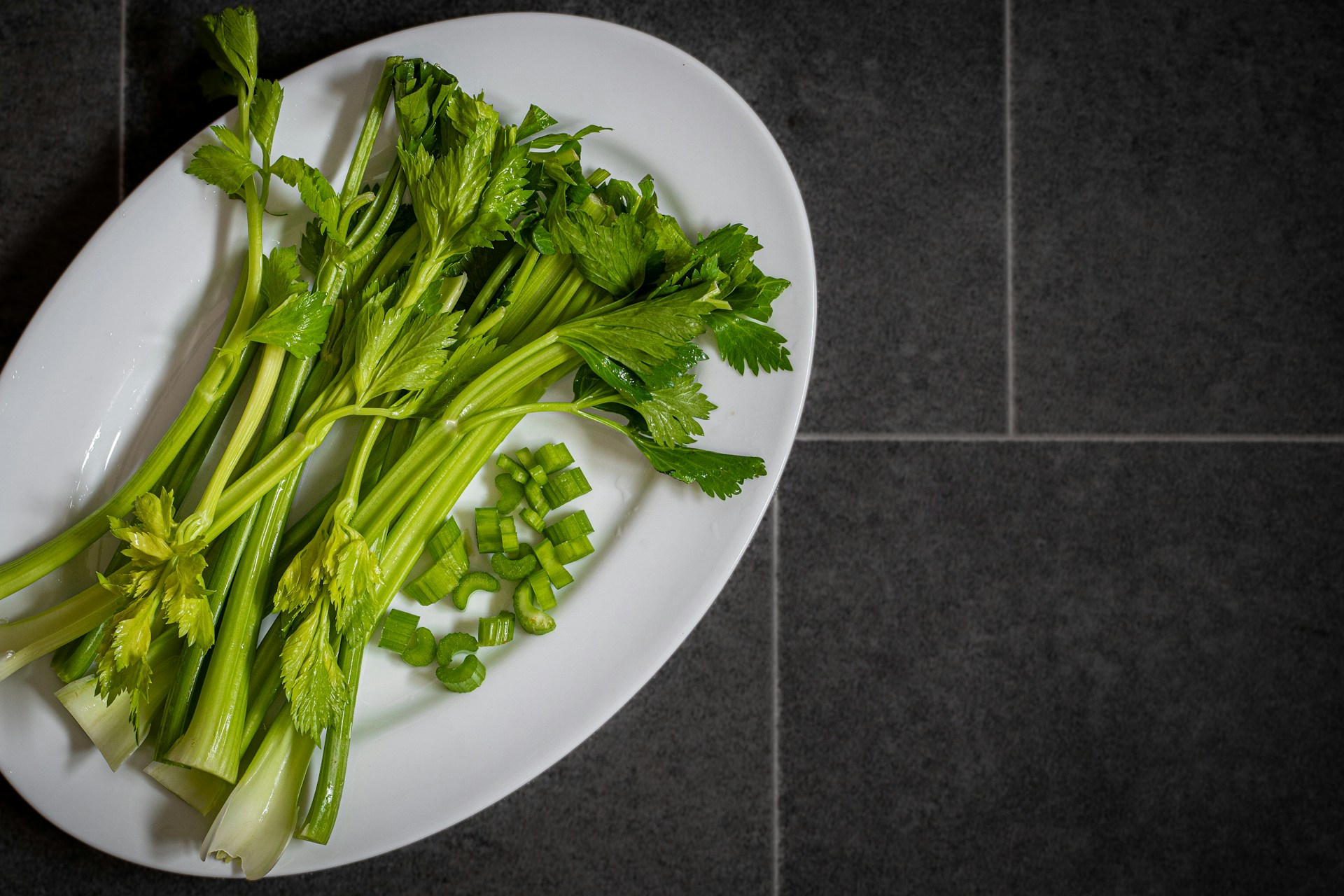It’s thrilling to get bitten by the gardening bug. With so many fruits and vegetables available, our minds often wander to a thriving garden filled with rich harvests all our friends are jealous of. However, it’s best to start small as a beginner! Here are some of the best beginner crops…and some to hold off on for now.
1. Cherry Tomatoes
Cherry tomatoes are one of the best ways to start your garden—they’re relatively easy to maintain and yield huge harvests. They can be grown in garden beds, too, and aren’t as susceptible to diseases that attack other larger tomatoes.
 Photo by Naira Babayan on Unsplash
Photo by Naira Babayan on Unsplash
2. Lettuce
You may want to wait to try your hand at full heads, but plenty of beginner seed packets have smaller varieties. Thankfully for new gardeners, lettuce grows quickly and can be harvested several times a season. It can also be grown in smaller spaces.
3. Cucumber
New gardeners won’t see much trouble with cucumbers; they’re easy to grow, produce a solid harvest, and can even climb, which comes in handy in smaller gardens. Just be sure you plant them in sunnier spots.
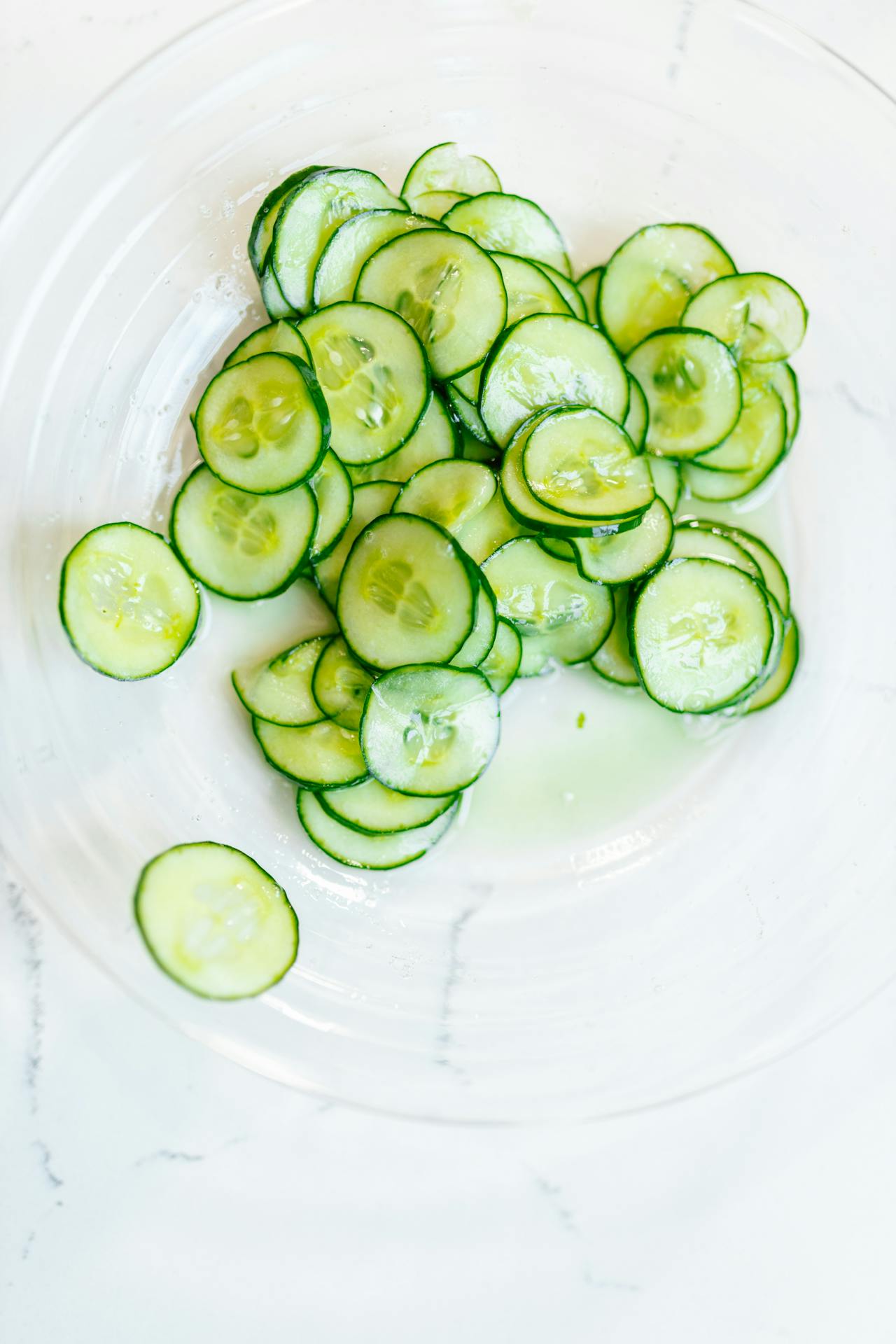 Photo by RDNE Stock project on Pexels
Photo by RDNE Stock project on Pexels
4. Carrots
Carrots come in all shapes and sizes (and colors), allowing first-time gardeners to get their bearings. What’s great about carrots is that they can grow in loose soil and survive frost, which makes them a little less fussy than other crops.
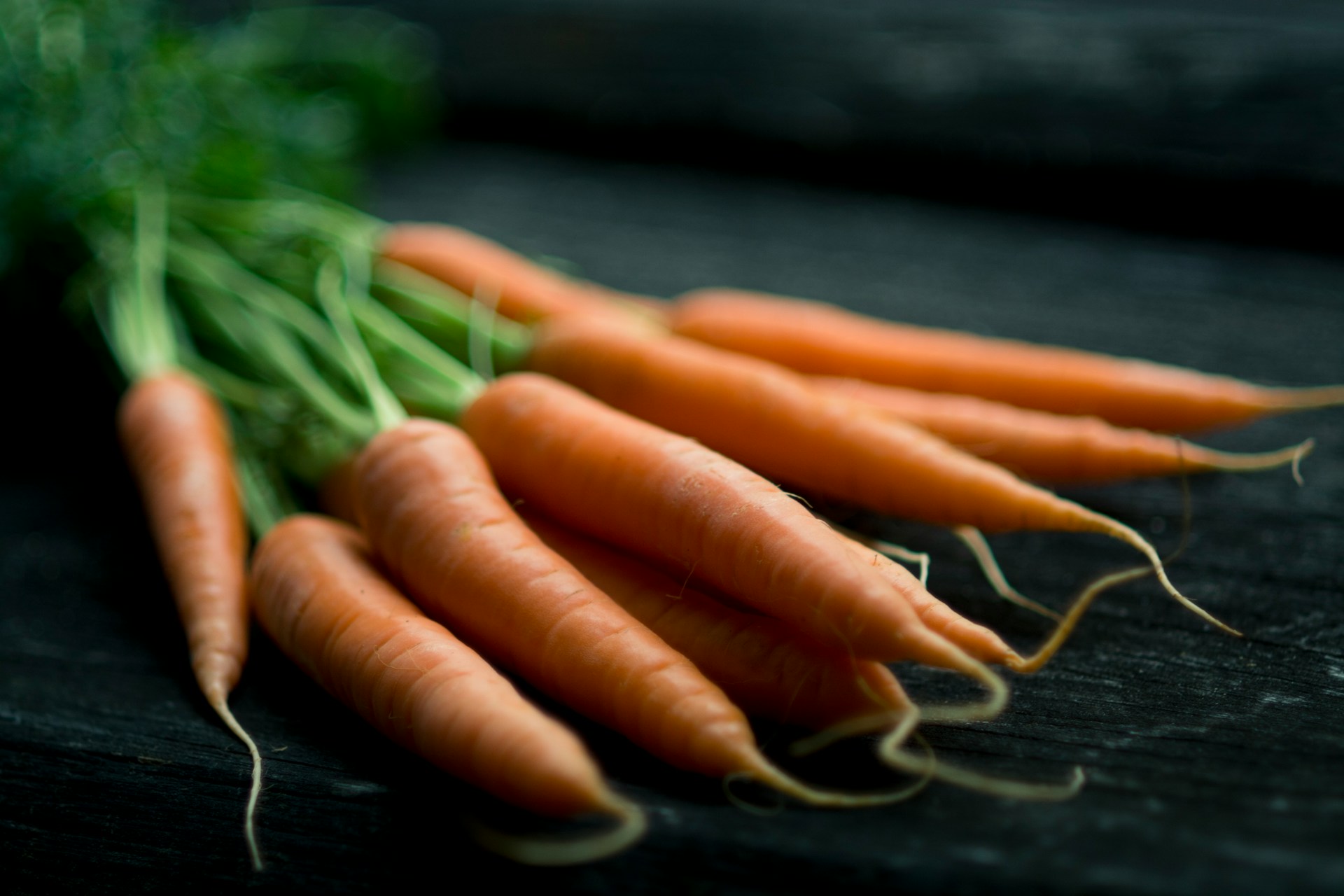 Photo by Jonathan Pielmayer on Unsplash
Photo by Jonathan Pielmayer on Unsplash
5. Beans
Beans are simple to grow and provide a great harvest—they don’t need much space and can thrive with little maintenance, too. Bush varieties are particularly easy for new gardeners, but be mindful of how fruitful the harvest can be!
 Photo by Sonja Langford on Unsplash
Photo by Sonja Langford on Unsplash
6. Potatoes
Potatoes are basically a one-and-done crop, which makes them perfect for anyone new to the gardening game. Once you plant them, they can survive with little maintenance and often still provide a good harvest despite any potential pests.
 Photo by Lars Blankers on Unsplash
Photo by Lars Blankers on Unsplash
7. Strawberries
Strawberries are a classic, versatile fruit that be grown just about anywhere. They thrive in containers, hanging baskets, and garden beds, allowing any gardener to try their hand at growing them. You’ll score a good harvest, too.
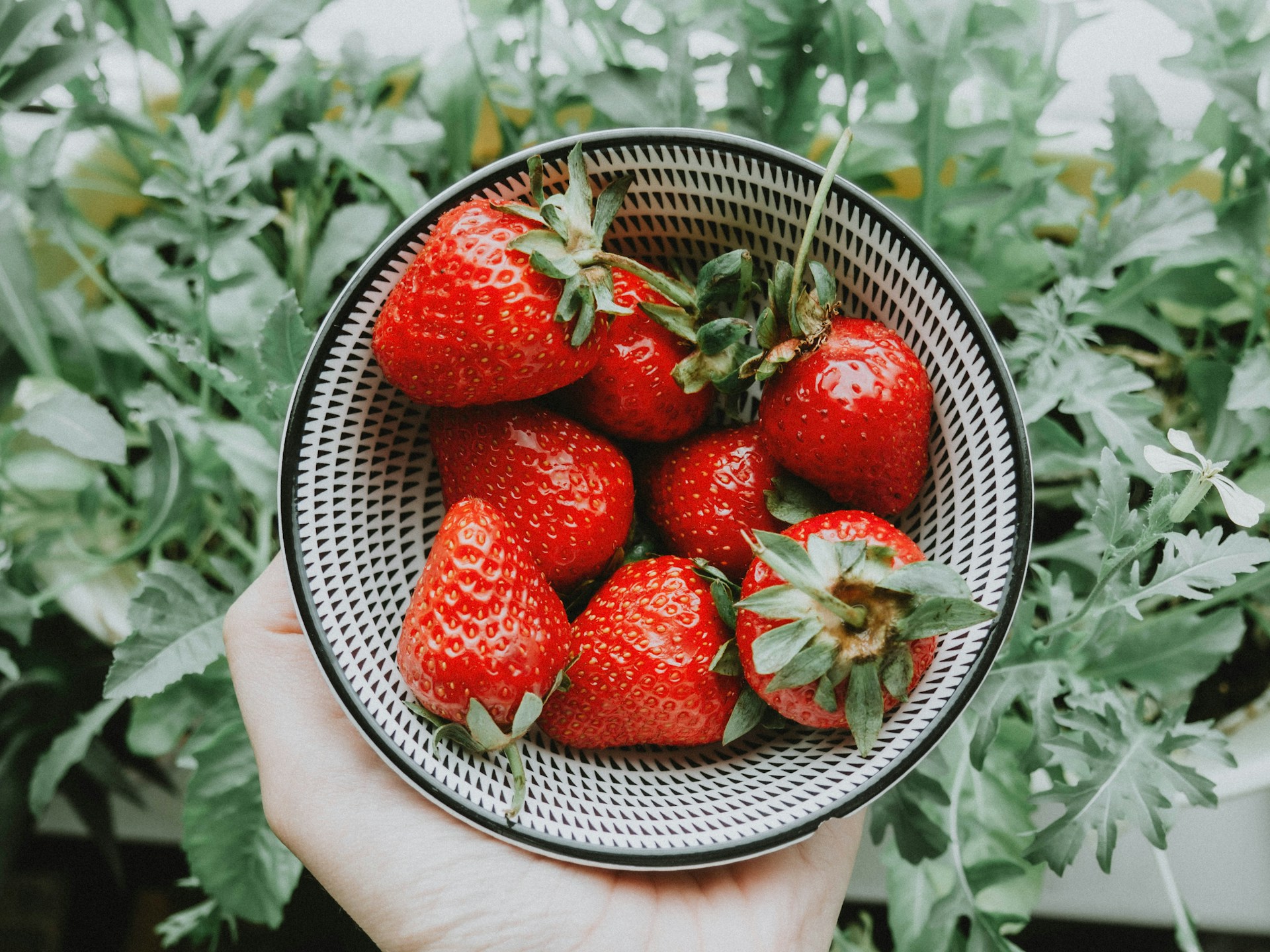 Photo by Anastasia Zhenina on Unsplash
Photo by Anastasia Zhenina on Unsplash
8. Beets
As nice as a summer garden is, we’d like the party to continue into the cooler months. That’s where beets come in. This crop is strong and quick to grow in cooler temperatures—all with little maintenance.
 Photo by Nick Collins on Unsplash
Photo by Nick Collins on Unsplash
9. Garlic
While garlic is easy for beginners, it also requires a little patience. Unlike other crops on this list, most garlic varieties take anywhere from eight to nine grueling months to mature. The time shouldn’t deter you from growing this kitchen classic, but it is something to be aware of!
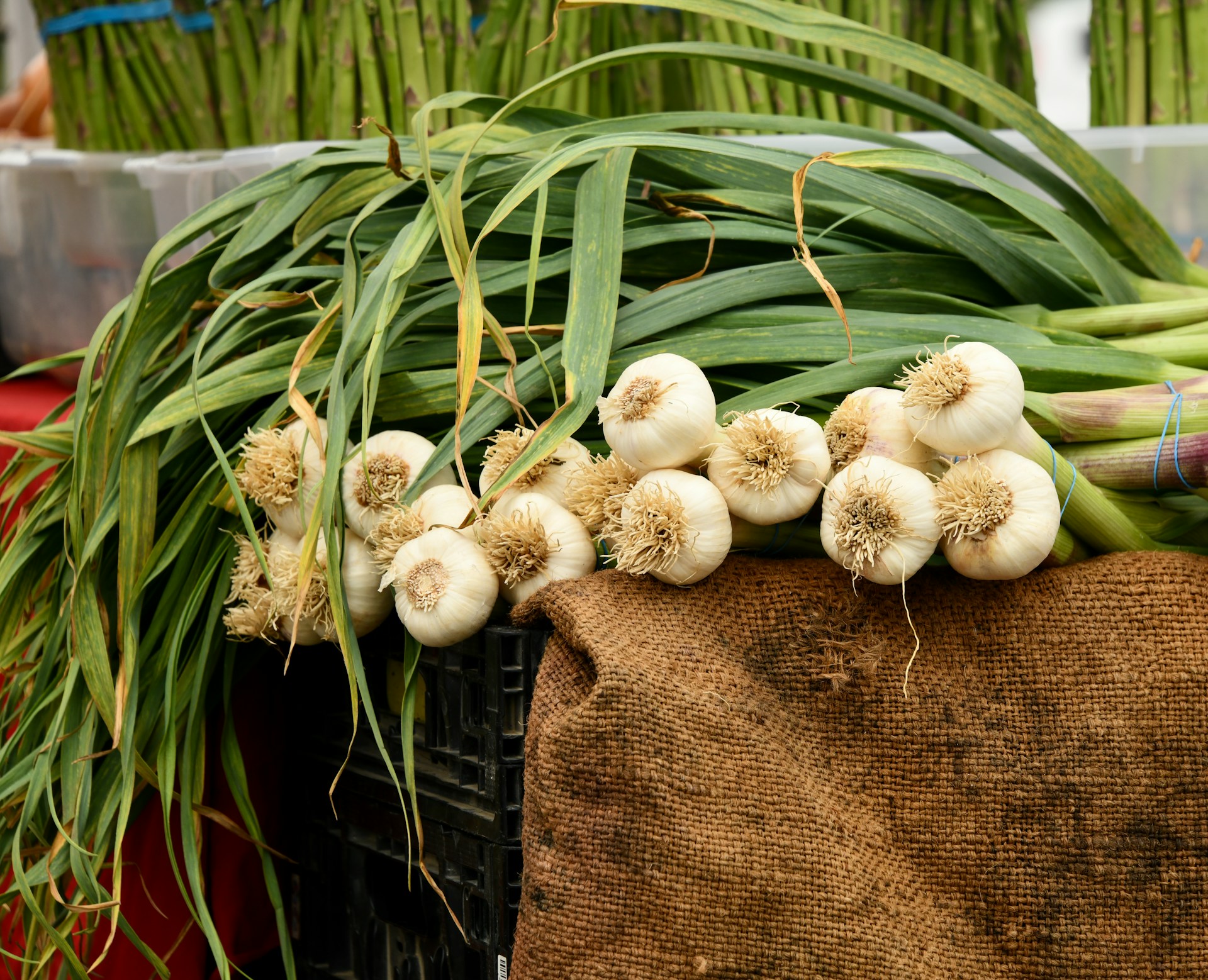 Photo by Shelley Pauls on Unsplash
Photo by Shelley Pauls on Unsplash
10. Raspberries
Raspberries are delicious, simple to grow, and can yield a large harvest in just a couple of weeks. Keep in mind that planted bushes only last for a year or two, but you can still reap a healthy number of berries in that time.
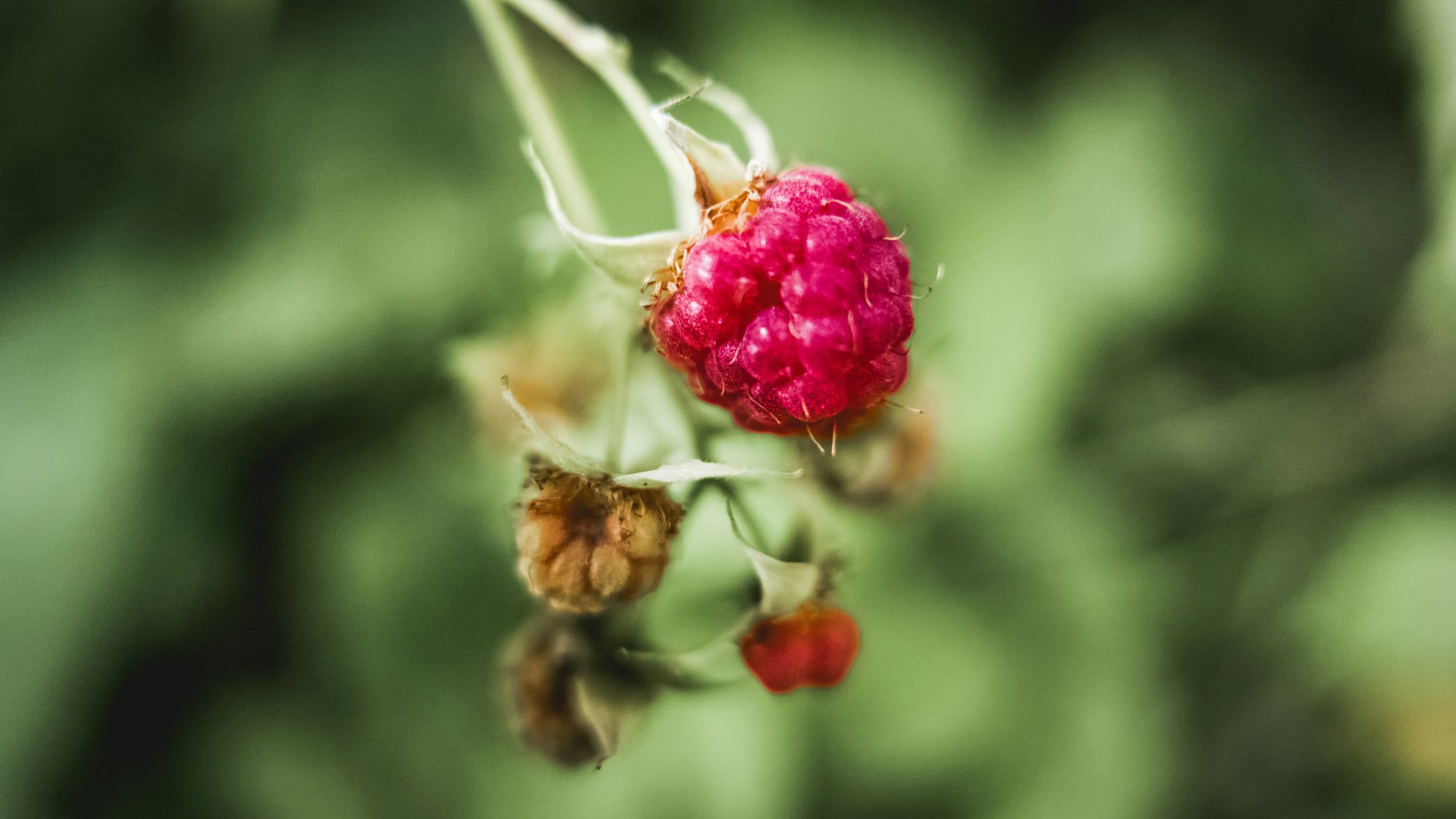 Photo by Milan Seitler on Unsplash
Photo by Milan Seitler on Unsplash
Though there are plenty of great beginner crops out there, several of them require a bit more know-how before diving in.
1. Brussels Sprouts
Brussels sprouts do well in colder months—like the early spring or fall—but take a couple of months before it’s time to harvest. They’re also more susceptible to common garden pests, which means diligent protection to ensure crops are protected.
2. Spinach
Spinach can be easy once you get the hang of things, but new gardeners may find their crops in trouble. This veggie needs particular soil and sunlight to thrive and is also prone to more pests than other crops. It’s best to develop that green thumb first.
3. Asparagus
Phew—you thought garlic had a long wait time. Meet asparagus: the beloved stalk that takes several years before it’s ready to harvest. Though asparagus doesn’t need much maintenance, getting this crop to a point where you can truly harvest for years to come requires a little finesse.
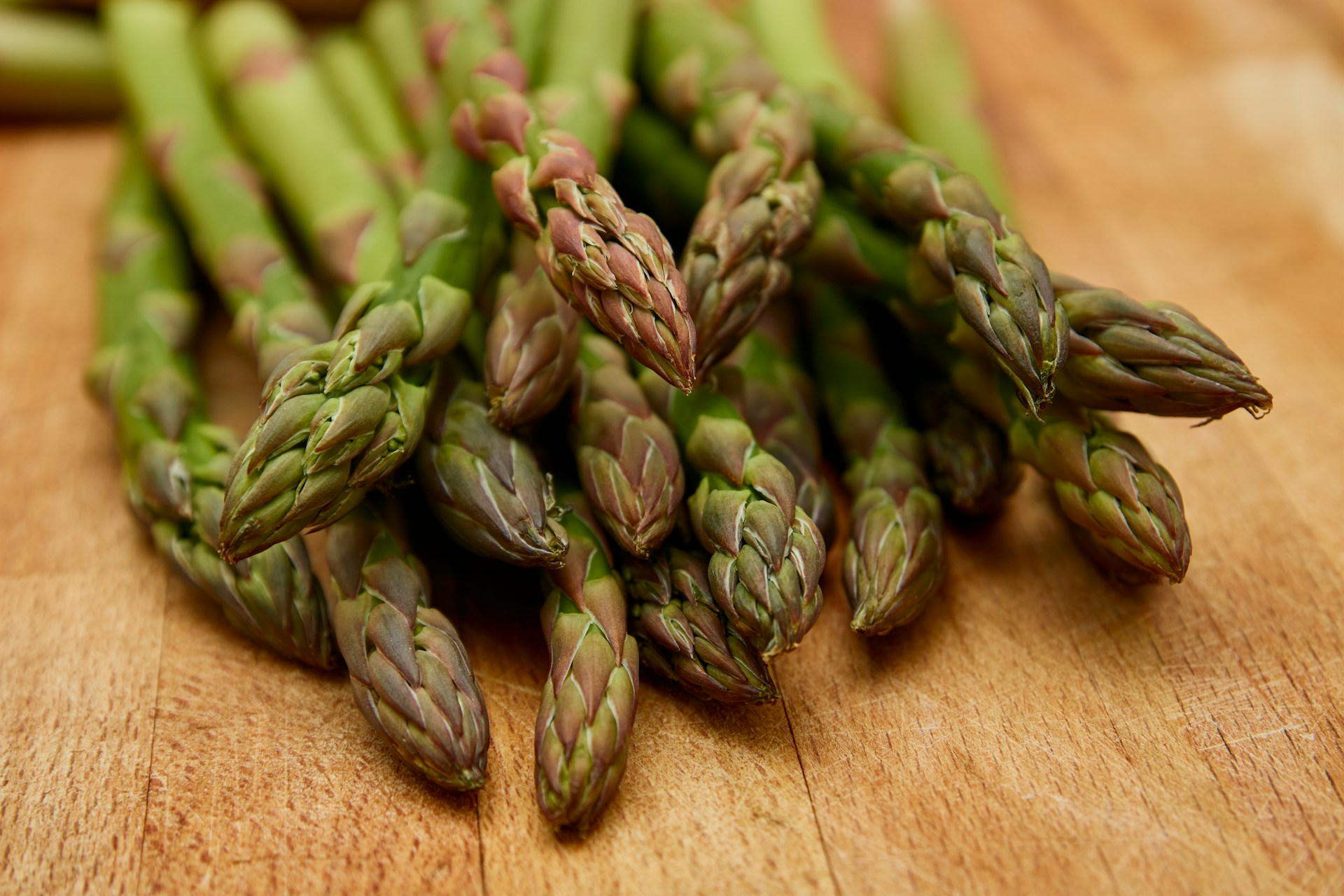 Photo by Gil Ndjouwou on Unsplash
Photo by Gil Ndjouwou on Unsplash
4. Cauliflower
Cauliflower needs a lot of TLC to properly grow, and even then you shouldn’t expect heads akin to grocery store sizes. Not only is this veggie sensitive to temperature, but it also requires precise timing for planting and is susceptible to more pests than common crops.
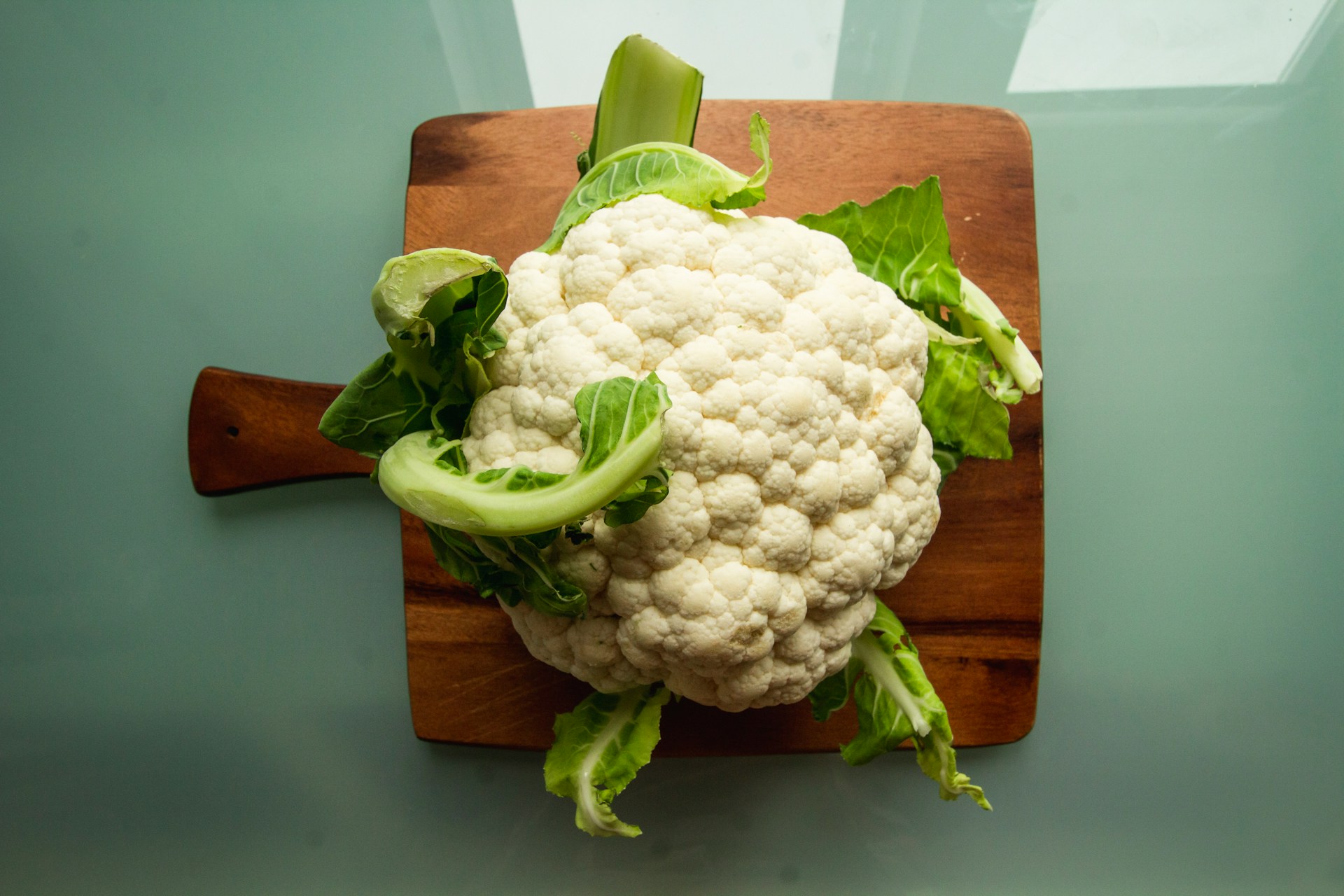 Photo by Louis Hansel on Unsplash
Photo by Louis Hansel on Unsplash
5. Ginger
Ginger seems easy at first glance, but don’t let that fool you—after those first few months grown indoors, ginger needs a ton of attention to ensure it stays strong. It also needs particular temperatures and soil to truly thrive.
 Photo by engin akyurt on Unsplash
Photo by engin akyurt on Unsplash
6. Peas
Peas generally need support structures to grow properly and are pretty fussy about temperatures, making them more high-maintenance. They also run a greater risk of attracting pests.
 Photo by Jessica Ruscello on Unsplash
Photo by Jessica Ruscello on Unsplash
7. Gourds
As you can imagine, pumpkins need plenty of space to grow, which can quickly impede other crops’ areas. They also need more attention paid to their soil and temperatures, which can be more of a hassle for newbie gardeners.
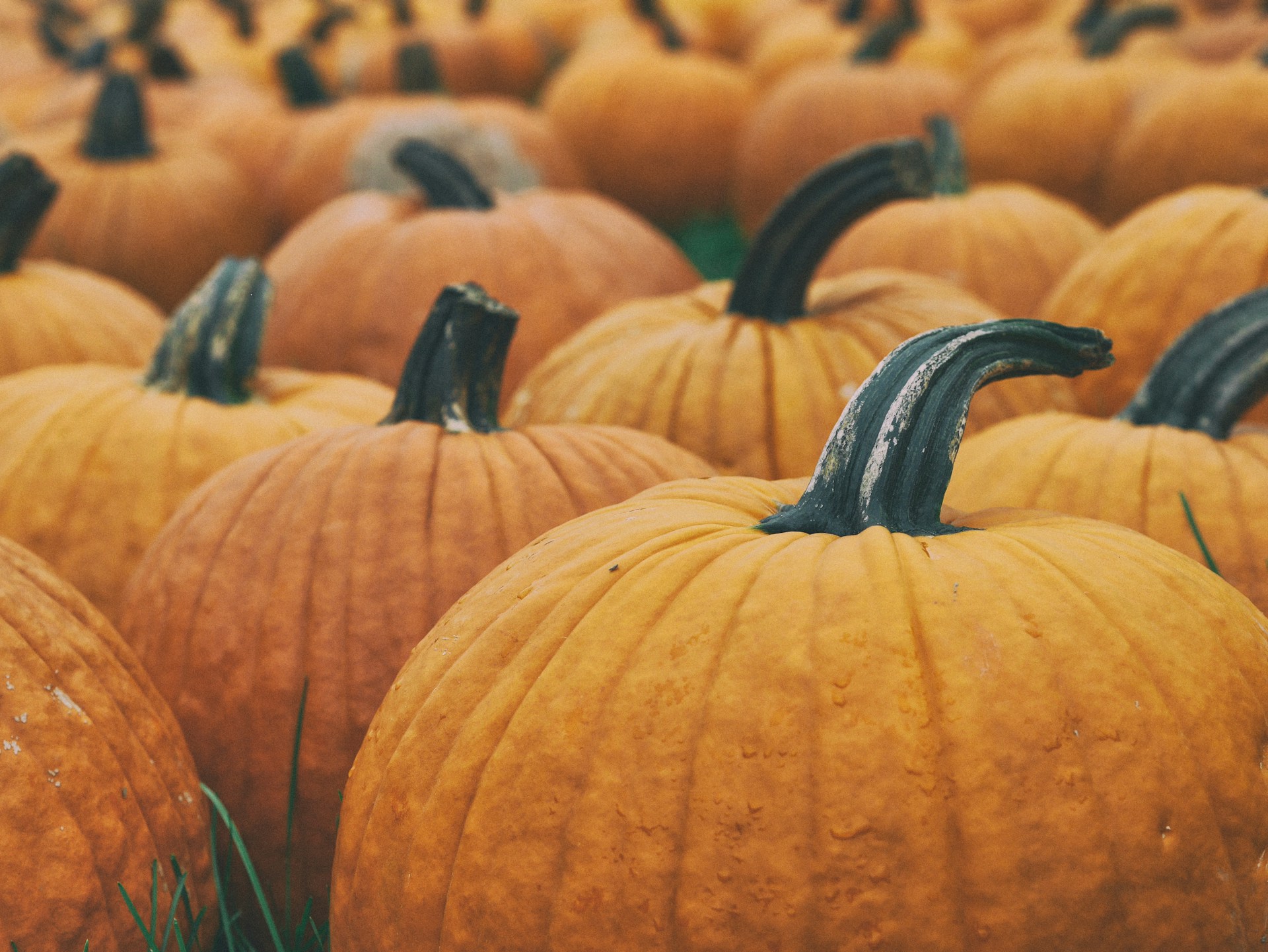 Photo by Aaron Burden on Unsplash
Photo by Aaron Burden on Unsplash
8. Broccoli
Broccoli requires specific temperatures to grow properly and can bolt in warmer weather, leaving you with an unsavory harvest. They’re also far more susceptible to irritating garden pests, need consistent watering, and require the right soil to thrive.
9. Melons
Even experienced gardeners can have trouble with melon crops, which is why it’s best to avoid tackling them straightaway. Melons need all kinds of TLC from the right temperature and space to thorough watering and protection from garden pests.
 Photo by shuvrodeep dutta on Unsplash
Photo by shuvrodeep dutta on Unsplash
10. Celery
Ants on a log may be calling your name, but new gardeners may want to reconsider a celery crop. It takes roughly a month to grow, needs plenty of water, and rich soil—it’s also more sensitive to temperature changes.




